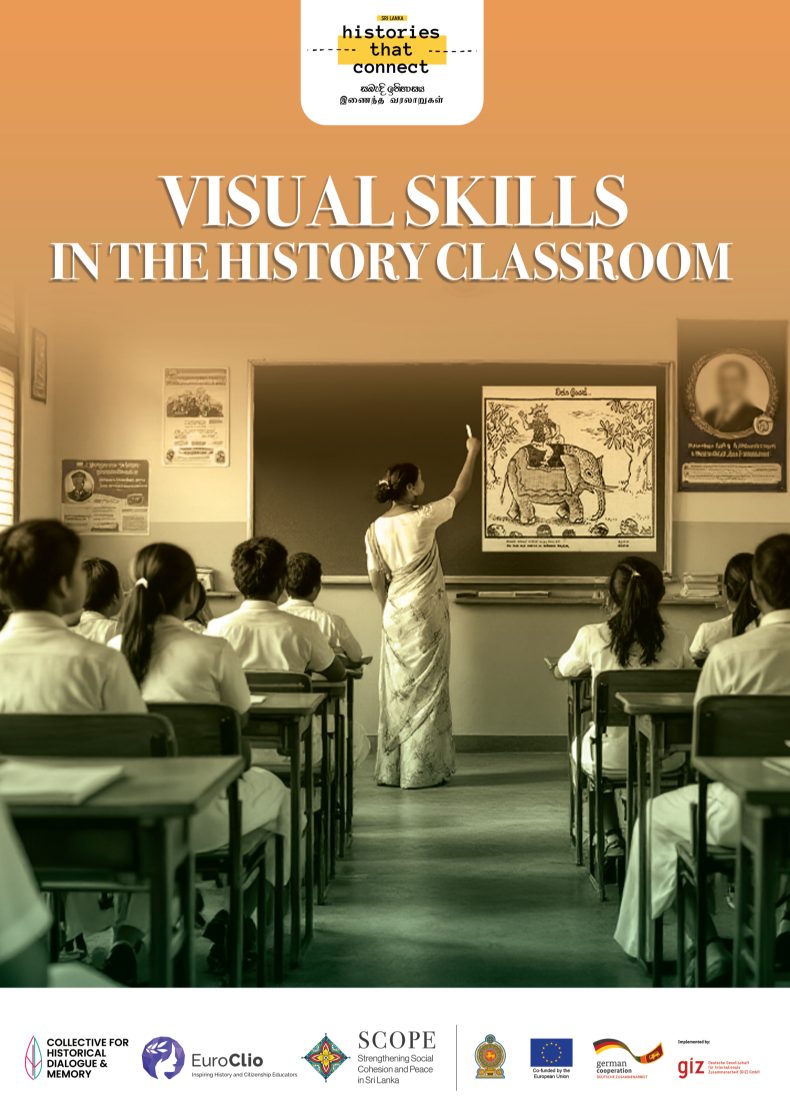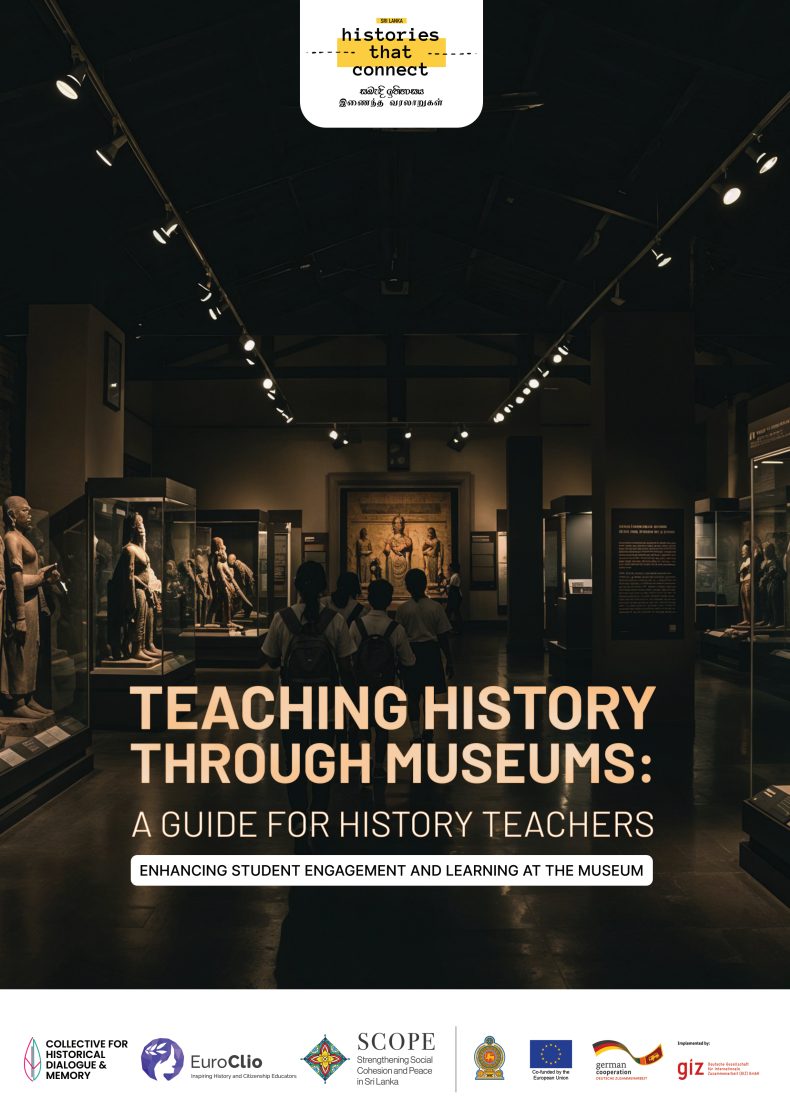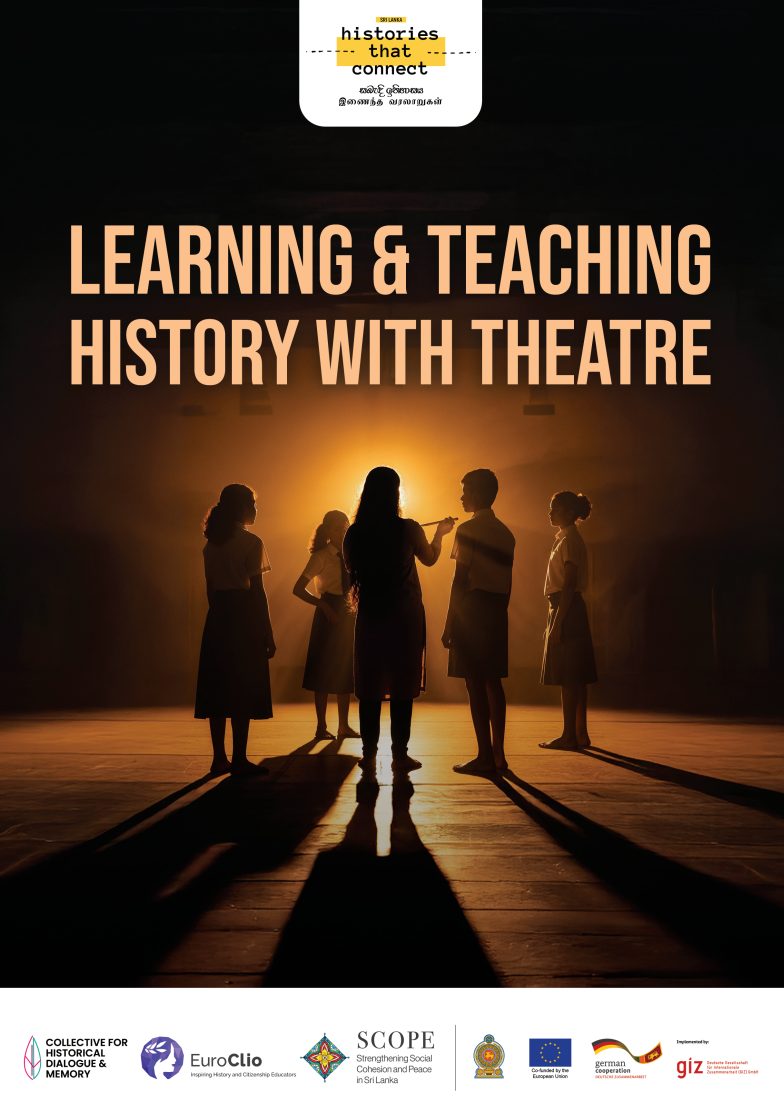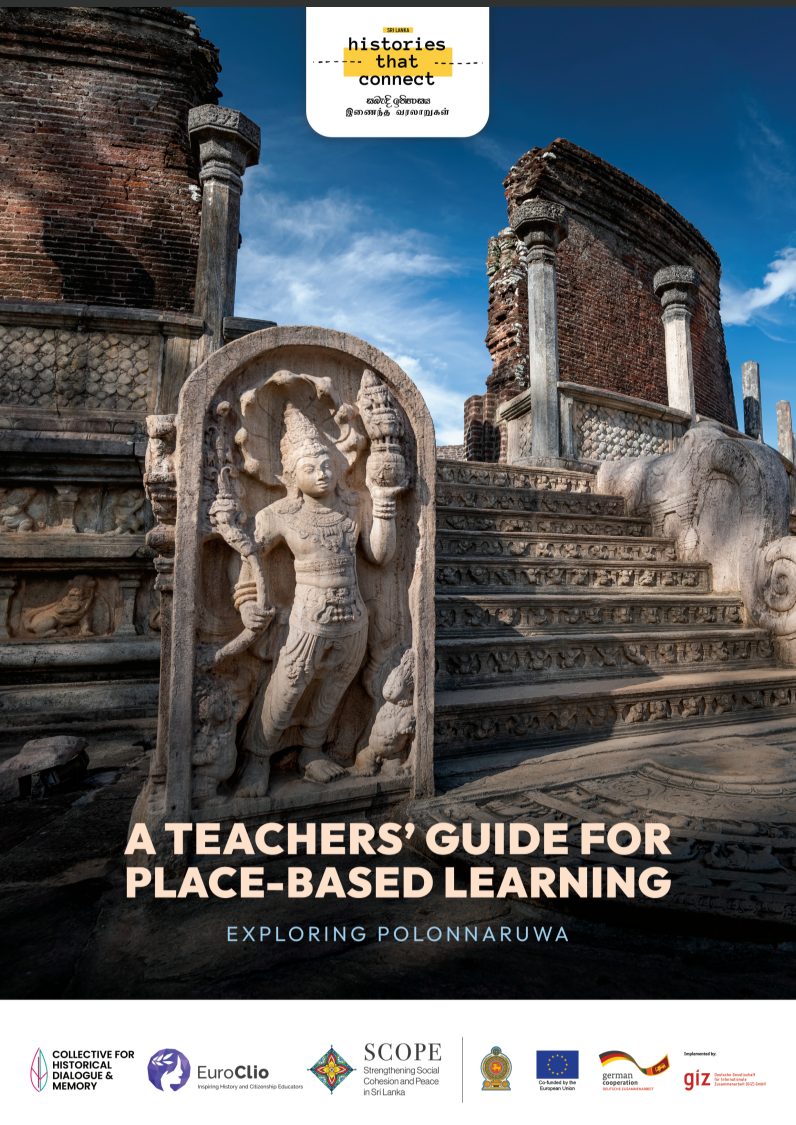The Machado de Castro National Museum, in Coimbra, implements a variety of projects to make the visit as inclusive as possible. Some of those projects are specifically designed to improve the experience of students with visual impairments, especially upon request of the Portuguese Association for the Visually Impaired.
In order to put themselves in the shoes of visually impaired participants and to best identify their needs and possible solutions, a team formed by the museum staff and students from the Faculty of Psychology and Educational Sciences had a blindfolded visit of the museum. As a consequence of this visit, the museum slowly started implementing innovations to make the visit for visually impaired individuals more informative and enjoyable.
As part of the “Feeling the Museum” project, we highlight the construction of a scale model of the cryptoporticus and the Roman forum that once occupied the site where the museum is now set. This touching contact with the model, built to scale, precedes the visit to this space and provides the knowledge of the structure and dimensions of what was this Roman construction.
The Practice
After a request from ACAPO – The Portuguese Association of the Visually Impaired to allow visitors with visual impairments to touch some of the works of art exhibited in the Machado de Castro National Museum, the museum personnel felt the need to properly understand which were the steps necessary to be taken to improve experience in the museum for all visitors.
They decided, to better understand it, to organise a blindfolded visit in the museum, followed by a traineeship at the High School of Education, which helped participants become more aware of the difficulties and barriers blind people face in their daily life and what simple changes can be taken to better include them in guided visits. For example, during the traineeship museum employees were suggested to increase the amount of details when describing works of art, and to be more reliant on the other senses of blind and partially sighted people to convey the necessary information about works of art.Thanks to this simple exercise of putting themselves into the shoes of visitors with visual impairments, the museum personnel was able to understand what needed to be done to make their museum truly accessible to all visitors.
The cooperation with ACAPO throughout the realisation of the project was really important, because allowed the museum personnel to pilot the ideas born after the blindfolded visit and the traineeship with the final recipients of the innovation, to check whether they were truly effective.
In the specific case of the Machado de Castro National Museum, the blindfolded visit gave birth to two main projects: the project “feeling the museum” and the project “touch me”.
The former determined the production, by architects and members of ACAPO together, of touchable scale models of the artworks exhibited in the museum and of the ancient Roman remains the museum is built on, and the addition of descriptions in Braille near to the artworks exhibited.
The latter entails the production of touchable replicas of statues and audio descriptions of all artworks exhibited.
Obstacles and lessons learned
The museum personnel did not encounter obstacles in the realisation of the blindfolded visit per se, but few concerns were raised in the implementation of the ideas born after the visit.
The main concern related with the financial and human resources necessary to truly implement all these ideas: material for the realization of models and replicas was needed, as well as the external help of personnel such as architects or artists to create the replicas of Machado de Castro’s sculptures. This monetary obstacle as resolved with a fundraising among the museum partners and the subsequent investment in acquiring a 3D printer, which now can be used for the creation of all the replicas and additional materials needed.
The effect of the practice
The practice had a variety of effects.
First of all, it allowed the members of the museum personnel who participated to the blindfolded visit to understand that visually impaired visitors usually compensate with an ‘extra alertness’ of other senses, which allows them not only to ‘see’ sculptures by touching them, but also to understand the dimensions of buildings thanks to scale models.
Secondly, it determined the implementation of numerous innovations, which are described in the last paragraph of the section about the practice. Such innovations are appreciated by the whole public of the Museum, which, for example, now starts the visit of the cryptoporticus (the Roman ruins on which the Museum is built) with the analysis and exploration of its scale model. The touchable scale model is, today, preferred to other depictions of the porticus, such as a 3D reconstruction.
Finally, the practice of having blindfolded visits has given birth to a virtuous circle of mutual learning. In every visit provided to visually impaired visitors, the museum personnel learns something that is, then, put to the service of the whole public of the museum. This is the reason why numerous projects for the improvement of the Museum’s accessibility have been implemented, becoming, in some case (such as for the project ‘Feeling the Museum’), part of the ANACED’s Good Practice Notebook.
About the Interviewee
Ana Alcoforado studied History in the University of Coimbra and she was responsible for the Sculpture and Furniture collections, as a curator of the Machado de Castro National Museum.
She obtained a specialization degree in Public Management and Administration and has authored several publications pertaining to the collections of the Museum and other themes of expertise.
Ana Alcoforado is responsible for the direction of the Museum since 2008.
Background to the project
The project “Feeling the Museum” was born out of the desire to make the Machado de Castro National Museum a space accessible to visitors with visual impairments, and is the result of a cooperation between the Museum Personnel and the Coimbra’s ACAPO – the Portuguese Association for the Visually Impaired office. The rationale for this project is to be found not only in the specific request, from ACAPO, to allow visitors with visual impairments to touch the sculptures exhibited, but also from the very words of Machado de Castro, the Portuguese sculptor to whom the Museum is dedicated. He, in fact, used to say that “Sculpture is the finest of all arts because even a blind person can see it”. Basing on this challenges, the personnel of the museum decided to identify the needs of visitors with visual impairments through a blindfolded visit, which is the practice described in this Collection of Practices. All the projects born after the practice have been made possible thanks to the Museum´s team. Sometimes there are so many requests that it is not possible to answer all of them. To obviate this limitation, Ana Alcoforado underlines that «we work together with institutions, providing training in different areas, all connected with the exploration of works of art. We have even developed some worksheets that have some guidelines for that exploration
Additional Information
Many inclusion practices developed by the Museum are now part of the ANACED’s Good Practice Notebook.
ANACED (in English, NAACDP – National Association of Art and Creativity by and for Disabled People) is a Portuguese association with international dissemination. It works with people with disabilities, and aims at raising their visibility on the European level and helping them to enter into the job market. Their Good Practice Notebook includes three practices developed by the Museum between 2012 and 2015. In 2016 it was included in Coimbra’s Directory.
Links to the museum:
http://www.museumachadocastro.gov.pt/
http://www.museumachadocastro.gov.pt/en-GB/2%20museu/Directors/ContentDetail.aspx?id=1064
Link for accessing the project «Touching the Museum» – accessible scale model:
http://www.museumachadocastro.gov.pt/pt-PT/projetos%20inclusao/ContentDetail.aspx?id=1042
http://www.museumachadocastro.gov.pt/en-GB/public%20with%20disabilities/ContentList.aspx
Written by Elvira Santos (Montemor-o-Velho School Cluster) based on an interview with Ana Alcoforado (Director of Machado de Castro National Museum) on 14th December 2017. The interview was conducted by Elvira Santos and António Joaquim.





